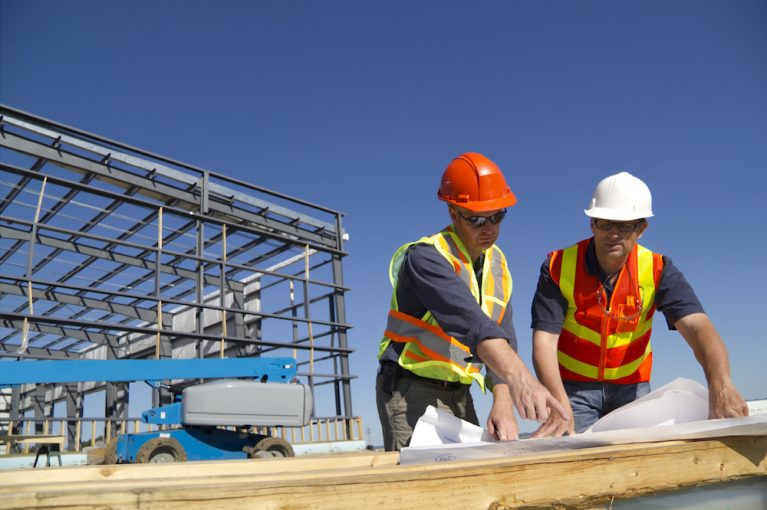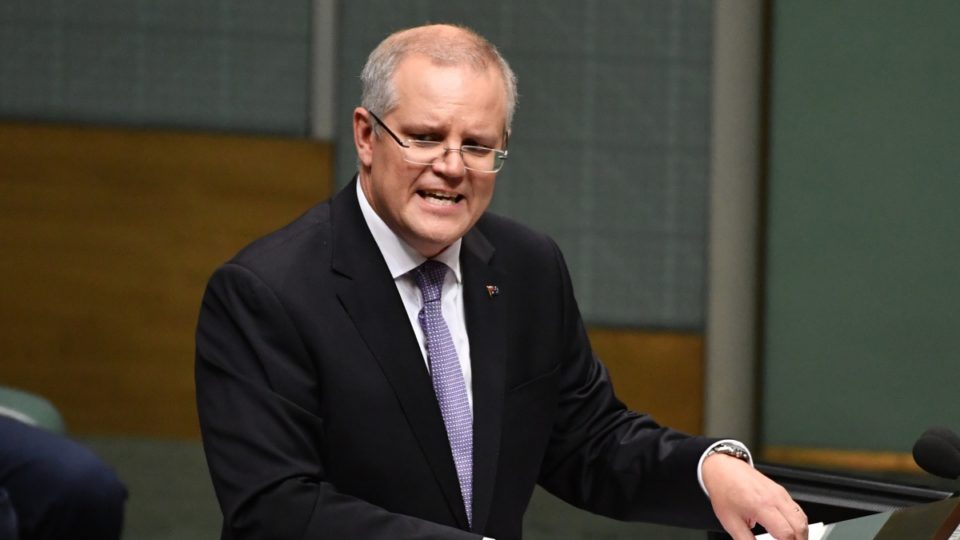If you live or work in central Sydney, Melbourne or Brisbane, chances are you’ve noticed a lot more of something dotting the skyline recently: construction cranes.
This could be a good thing or a bad thing, depending on your situation. If you’re waiting to snap up an apartment at a bargain price then you could be in luck, but for pretty much everyone else it should come as a caution, because more and more experts are warning that Australia’s property market is heading for a massive crash.
Dr Shane Oliver, AMP Capital chief economist, has warned that if Australian interest rates rise in 2017 or we hit a recession, the property market will “start going negative”. This could mean houses drop by up to 10% and units by up to 20%.
“My view is we are heading towards a cyclical downturn in property prices, and the apartment market will be far more vulnerable,” he said.
“I always get into trouble because whenever I say wait [to buy], prices keep going up — but I certainly wouldn’t be rushing into the Sydney and Melbourne markets. I’d be extremely wary about buying apartments.”
Property data from CoreLogic showed continuing rises in apartment prices for Sydney (6.7%), Melbourne (1.1%), and Brisbane (0.7%) for the June quarter.
In the same three months, Adelaide and Perth apartment prices dropped by 4.1% and 5.5% respectively.
If you look at things from a historical viewpoint using traditional measures (supply and demand, population growth, completion rates), it looks like the end to the high-rise boom is on the way and it’s not gonna be pretty.
But according to NAB chief economist Alan Oster, things will be different this time around. The X-factor in the equation is, he says, the Chinese.
“The short answer is we’re not sure [if there will be a crash in apartment prices],” he said. “It’s clearly an oversupply situation but there are reasons to think you can explain it and it might not end in tears.”
According to UBS, 200,000 homes are due for completion over the coming year or so – that’s a record high which follows last year’s previous record of 192,000 – and that was already an 11% increase on 2014’s property completions. Basically, there are more homes being built than ever before.
Over half of those forecast for this year are apartments in Sydney (43,000), Melbourne (43,000) and Brisbane (21,000).
Over the same period, 217,000 more dwellings are expected to start construction.
“For prices, we upgrade 2016 to around 5 per cent [growth] year-on-year, but still see 2017 roughly flat, albeit with some chance of falling as record completions cause pockets of over supply (mainly for apartments),” UBS economist Scott Haslem writes.
UBS believes there is a growing risk of a “worse later” scenario, and that’s before we even factor in possibilities such as rate rises or a spate of unemployment.
Consulting firm BIS Shrapnel says there is now an oversupply in every state except NSW, with an estimated 21,900 excess dwellings in Melbourne in 2016-17, 9000 in West Australia, and 6400 in Queensland.
“The overbuild is not unmanageable in the next 12 months, it’s the year after that it really gets interesting,” Mr Oster said. “If you look at July 2017 to June 2018, that’s when there is a huge amount hitting the market.”
According to the RLB Crane Index (yes, that is a thing), our major cities now have a record number of construction cranes cluttering up the skylines – from under 200 in 2014, we’re now at a “sky-high” 525.
Sydney and Melbourne account for most of these, with the ones in Melbourne more concentrated in the CBD. But it’s Brisbane which has the greatest concentration in the CBD and inner city, suggesting this is where there is the greatest risk of housing oversupply.
Surveys carried out by NAB suggest that up to 30% of apartments in capital city CBDs are being bought by foreign investors, and some other sources say it could be as many as 60%.
So could these foreign buyers be our knights in shining armour? Or have they simply been fuelling the problem up until now?
“If you looked at the traditional relationships you would basically say the apartment market is oversupplied big-time,” Mr Oster said. “The problem with that is the people that are buying them are not necessarily the local population.
“[The question is], why are they buying and are they likely to sell?”
The Reserve Bank and various ratings agencies have voiced concerns over the heightened risk of default that comes from such a large number of foreign investors, but Mr Oster said that so far there is no evidence to suggest this is happening.
“We haven’t seen any sign they’re defaulting and we’re not sure they will,” he said. “The issue is, what happens if they all decide to sell at once? That will be a problem. But that’s the thing we can’t think of — there’s no bloody obvious reason why they would.”
Around a third of these foreign buyers “don’t even turn their lights on” according to Mr Oster. “They’re looking for something that’s an intergenerational investment, like gold. They’re not even going to rent them out,” Mr Oster said.
Kim Hawtrey, associate director of building forecasting at BIS Shrapnel, believes we will see unit prices flatten out this year. “Then in 2017 and onwards they’ll probably fall in real terms — they won’t keep up with inflation,” he said.
“We expect there will be very little upside from here on in for unit prices in capital cities.”
Mr Hawtrey described Chinese investors as the “third wheel” which, along with domestic investors and a severe undersupply, has been driving prices up over the last few years.
“There are signs now that the [Chinese investment] factor in the next couple of years won’t be what it has been in the past,” he said.
Roger Montgomery, founder of Montgomery Investment Management, has a much graver message. His estimate places the oversupply of dwellings at around 200,000.
“At the current rate of household formation, that oversupply could be soaked up in about 18 months, provided construction of new dwellings ceased completely,” he wrote last month.
“But of course construction will continue and the oversupply will take longer to be absorbed.
“It looks like Australia has a greater oversupply problem than the US did in 2007. The estimated 18 months is more than the 12 months oversupply the US had and after their property market collapse, it took five years before property prices began recovering.”
Mr Montgomery predicts that developers will be the first to cave in when it comes to lowering prices.
“Our apartment oversupply thesis, combined with failed settlements, convinces us that it will be developers trying to move unsold stock to meet their own debt obligations that will cause lower apartment prices,” he wrote.
If you’re in the market for an apartment, then you might be wise to listen to the growing number of experts who are weighing in on this topic.











